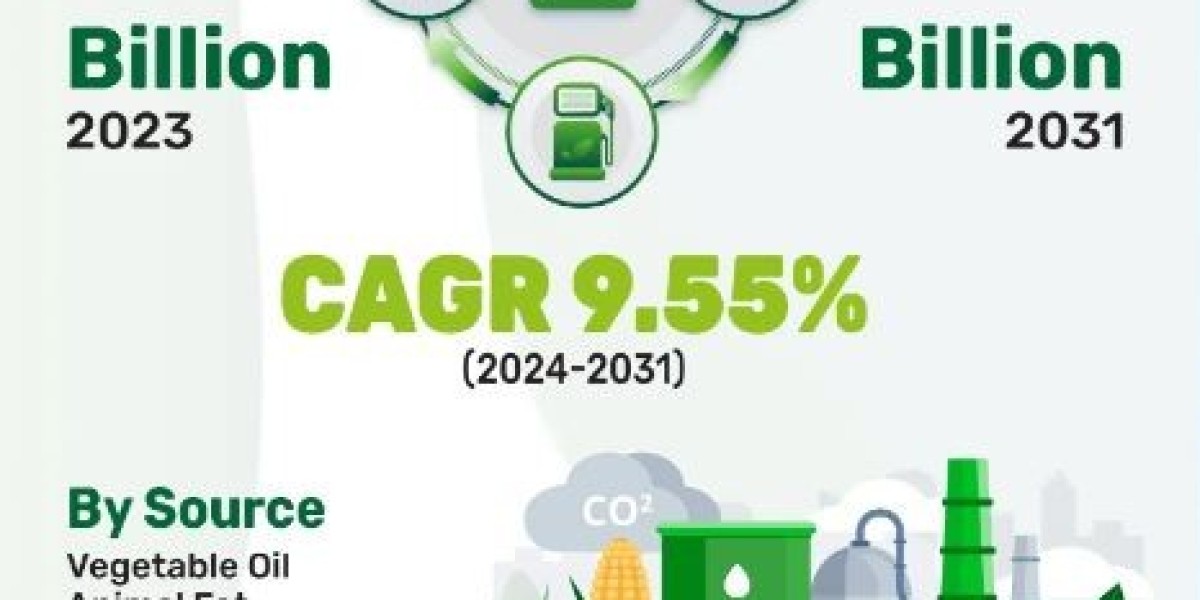Thermal printing is a digital printing technique that is gaining popularity due to its advantages over other printing methods. Thermal printing uses heat to activate areas on a coated paper or plastic substrate to create a printed image. With no ink or toner involved, thermal printing is fast, affordable and environmentally friendly. As this technology continues to develop, thermal printing is positioning itself as the future of printing.
History and Evolution of Thermal Printing
Thermal printing was invented in the 1960s and gained widespread adoption in the 1980s with the introduction of fax machines. During these early years, thermal printing relied on direct Thermal Printing techniques which produced monochrome images using coated paper. In the 1990s, thermal transfer printing was introduced which allowed for full color printing but required the use of a ribbon. This dual coating process gave thermal printers the ability to print in vibrant color photos and graphics.
Advancements over the last two decades have made thermal printing capable of photo-quality output. High resolution thermal print heads now available exceed 300 dpi, creating sharp, crisp prints. Dual-color ribbons and optimized coating formulas have broadened the color gamut. Additional coating layers have enabled photo-like luster and gloss finishes. Thermal printing continues its evolution with new materials and technologies that push the capabilities of this digital printing approach.
Benefits of Thermal Printing
Affordability
Thermal printers have incredibly low running costs compared to inkjet or laser once the initial investment is made. No expensive ink or toner cartridges need replacing, saving ongoing supply expenses. Thermal print heads also have an extremely long lifespan often exceeding 100 million prints.
Reliability
Thermal print heads contain no moving parts, resulting in highly reliable printers that are extremely durable. Thermal printers rarely require maintenance or repairs, providing years of trouble-free operation in demanding commercial environments.
Speed
Thermal printing is an instant, non-impact process with virtually no warm-up time. Full color pages can print in just seconds. This rapid output enables important documents and photos to be produced instantly on demand.
Environmentally Friendly
Thermal printing uses no inks, solvents or toners which reduces environmental impact. Waste from thermal printing such as used ribbons and receipts are also less hazardous. Many ribbons now use wax or resin bases annd receivers use less chemicals.
Applications of Thermal Printing
Receipts
By far the largest use of thermal printing is for receipts in retail and hospitality industries. Over 100 billion receipts are printed globally each year using thermal technology. Their ability to instantly print legible receipts in any setting at low cost makes thermal printers ideal for point-of-sale environments.
Labels and Tags
Thermal transfer printing is well suited to produce weather-resistant labels for manufacturing, logistics and product identification applications. High resolution thermal printing can generate scannable barcodes, lot codes, and graphics on labels.
Documents and Reports
While not as high volume as receipts, thermal printing excels for on-demand documentation needs. Field service technicians rely on thermal printers to generate paperwork in the field. Thermally printed documents produce professional, long-lasting copies regardless of environment.
Photos and Graphics
Advancing dual-coat thermal transfer is delivering true-to-life photographic output. Thermally printed photos rival color inkjet in quality yet are more durable. With their instant fast printing, thermal printers are ideal for producing high quality graphics, flyers, menus and more on the spot.
Future Prospects
As thermal printing technology continues to evolve, its capabilities and applications are certain to grow. Higher resolutions above 300dpi and incorporation of additional spot color ribbons will further boost photographic realism. New coating materials may enable photos on lighter weight papers and emulation of specialty media like matte or linen finishes. Advances in materials science will guide the development of more eco-friendly ribbons, receivers and overall lower environmental impact. Thermal’s inherent reliability, speed and affordability ensure this printing method has a bright future, finding expanded use cases that leverage its unique on-demand capabilities. With no ink or toner required, thermal printing positions itself as the sustainable print solution for digital documentation needs well into the coming decades.
Thermal printing has built upon decades of refinement to become an indispensable digital printing technology. Its inherent benefits of reliability, affordability and eco-friendly operation have led to proliferation in varied industries that require on-site, on-demand output. With ongoing innovations, thermal printing remains well poised to claim its role as the future of instant, professional printing across applications. As digital transformation influences workplaces worldwide, thermal printing's plug-and-play convenience and low total cost of ownership will cement its indispensable position.
Get more insights, On Thermal Printing


